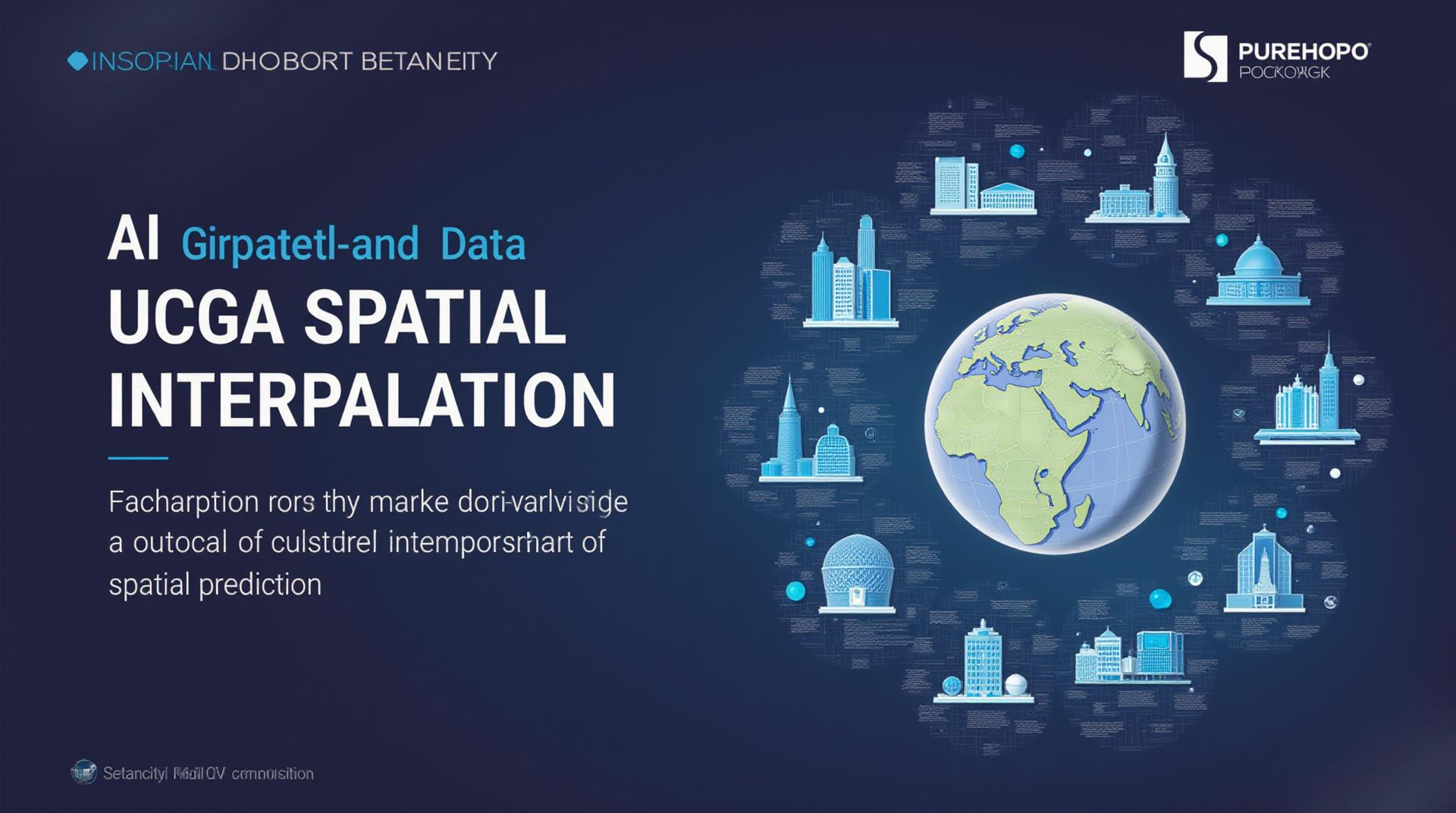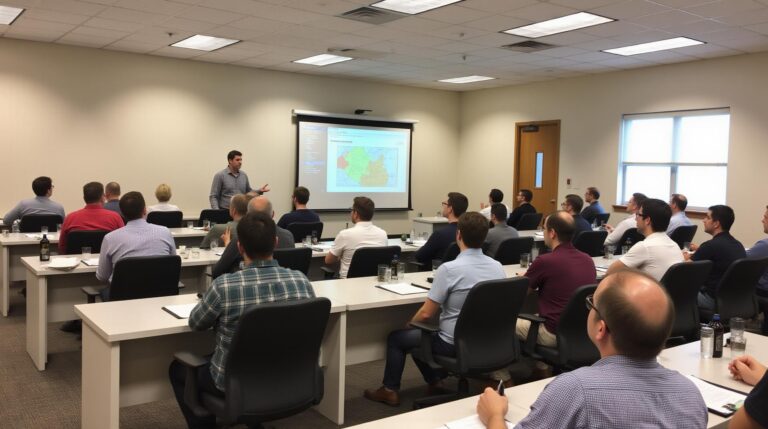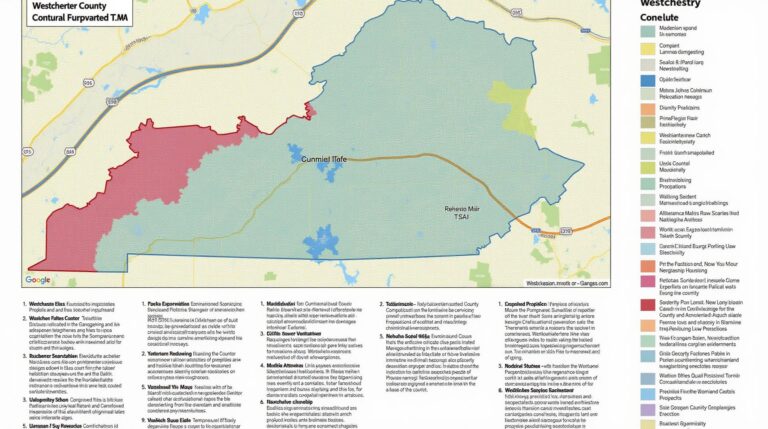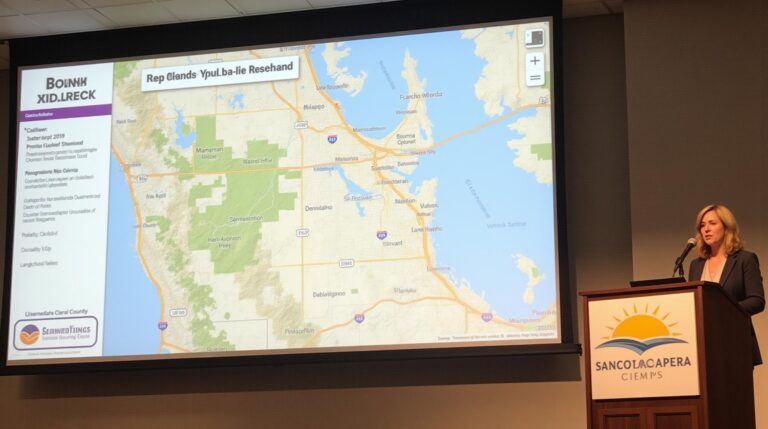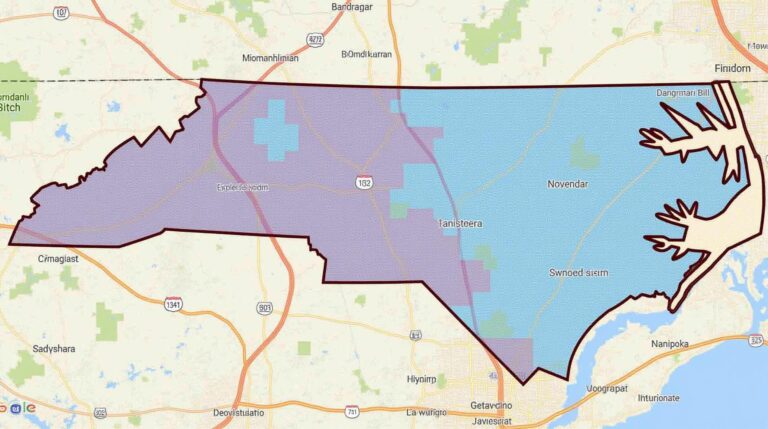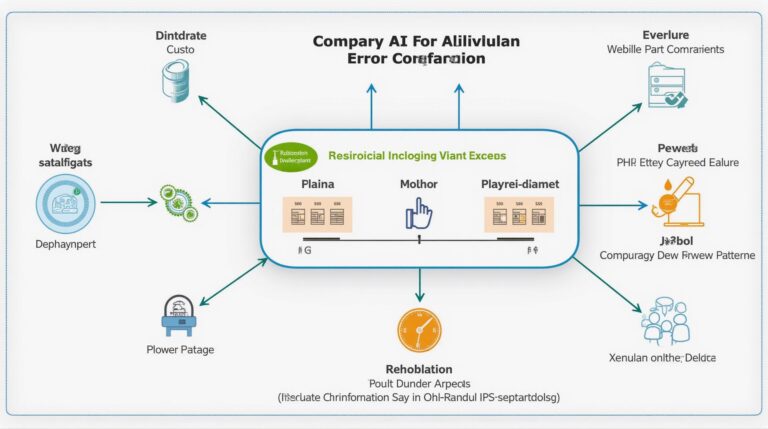AI in Geospatial Data Interpolation – Spatial Prediction
AI in Geospatial Data Interpolation – Spatial Prediction
In the realm of spatial analysis and geospatial data management, AI innovation is revolutionizing how we approach issues like data interpolation and spatial prediction. This blog post dives deep into this exciting field, examining the functionalities, benefits, and practical applications of AI in leveraging geospatial data.
Understanding Geospatial Data Interpolation
Geospatial data interpolation refers to the process of creating estimated values for missing or sparsely populated areas within a geospatial dataset based on available data points. For instance, estimating the terrain ruggedness for a remote mountainous region when detailed elevation data is limited. Traditionally, techniques such as kriging and spline interpolation relied heavily on mathematical statistics and complex algorithms. However, the benefits of AI in this field are transforming how we can assess gaps in data.
Implementing AI for Geospatial Data Interpolation
AI techniques, such as deep learning, are at the forefront of this renaissance in geospatial data processing and interpolation. These sophisticated algorithms are driving significant advancements through their capacity to analyze vast datasets, identify complex patterns, and generate highly accurate predictions.
Here’s how AI enhances geospatial data interpolation:
- Learning from Patterns: AI models can learn from large datasets of known points and predict missing features based on these established trends, enhancing accuracy considerably.
- Complex Relationships: AI offers the ability to interpret complex spatial-temporal relationships within datasets, fighting inaccuracies traditionally associated with simpler statistical methods.
- Unveiling Structure: By leveraging advanced temporal and spatial reasoning and learning models, AI can unveil layers of spatial and temporal structures, enhancing accuracy.
- Handling Gaps: AI models can handle sparse data appearance more effectively than traditional algorithms, guiding solutions for data gaps.
Benefits of AI in Geospatial Data Interpolation
Harnessing the strength of AI in geospatial data interpolation offers a host of advantages for organizations across various sectors:
- Improved Accuracy: AI models can outperform traditional methods by generating highly accurate predictions for missing data.
- Enhanced Data Quality and Coverage: This leads to a more comprehensive and reliable understanding of a region or location.
- Time and Cost Efficiency: Automating data interpolation significantly reduces the time and resources needed for geographically aware data processing and analysis .
- Dynamic Predictions: AI enables real-time predictions, responding swiftly and efficiently to mapping or environmental changes.
Practical Applications
The transformative reach of AI in estimation and prediction extends beyond the confines of research labs to real-world applications in various industries:
Environmental Management and Monitoring:** Environment agencies can optimize resource usage, monitor pollution levels in real-time, manage endangered species populations, and mitigate the impacts of climate change.
Infrastructure Development: Engineers can ensure efficient design and construction, optimize routing for transportation infrastructure, and predict potential flood zones for better disaster preparedness.
Urban Planning and Development: For city planners, AI allows for accurate estimations of land use needs, traffic flow optimization, and hazard risk assessments in a timely and adaptive manner.
Disaster Response and Management: AI can monitor disaster events, predict potential risks, alert emergency services, guide relief efforts, and support recovery planning.
Exploring Resources and Expertise
To learn more about AI in geospatial data interpolation, explore these resources:
- Research Papers: Departments of Geospatial Science research institutions and organizations publish instructional papers and publications regularly about AI-driven mapping.
- Machine Learning Courses: Online courses are indispensable. Platforms like Coursera and MIT Offer courses on machine learning and deep learning, indispensable for understanding AI algorithms relevant to geospatial data analysis.
- Open-Source Platforms: Tools such as Google Earth Engine offer access to vast geospatial data, enabling researchers to experiment and test AI models.
About the Author
The author is a geospatial data analyst. They use AI in geospatial analysis during their daily work.
Check similar topics:
FAQs
Availability
geoai-spatial-prediction is publicly available for anyone to use, regardless of technical expertise. Our platform offers flexibility with different interfaces depending on your needs. Familiarize yourself with our documentation for detailed instructions on utilization.
Formats
geoai-spatial-prediction supports various data formats including but not limited to: GeoJSON, KML, ESRI shapefile, PNG, and GIF. Choose the format matching your specific data source.
Usage
Our tool facilitates a diverse range of spatial prediction tasks:
* **Predicting future land use based on historical data and environmental variables. Learn More
* **Creating interactive maps visualizing future spatial trends through predictive modeling. Learn More
* **Analyzing environmental impact on spatial variations. Learn More
Explore our blog and research section using the provided links for specific examples.
Importance
Why is GeoAI-Spatial Prediction important?
GeoAI-Spatial Prediction empowers us to understand and interact with the spatial dynamics of our world. It leverages artificial intelligence to analyze, predict, and guide informed decisions about our physical infrastructure, environment, resources, and future advancements in numerous fields such as smart cities, climate change mitigation, disaster preparedness, etc.
What action can I take?
Utilize geoAI-Spatial Prediction to increase the accuracy & efficiency of your spatial analysis tasks. Look to integrate our prediction tools into projects related to urban planning, environmental resource management, public health initiatives, and more. Let us know in the contact section what new insights you hope to produce!

